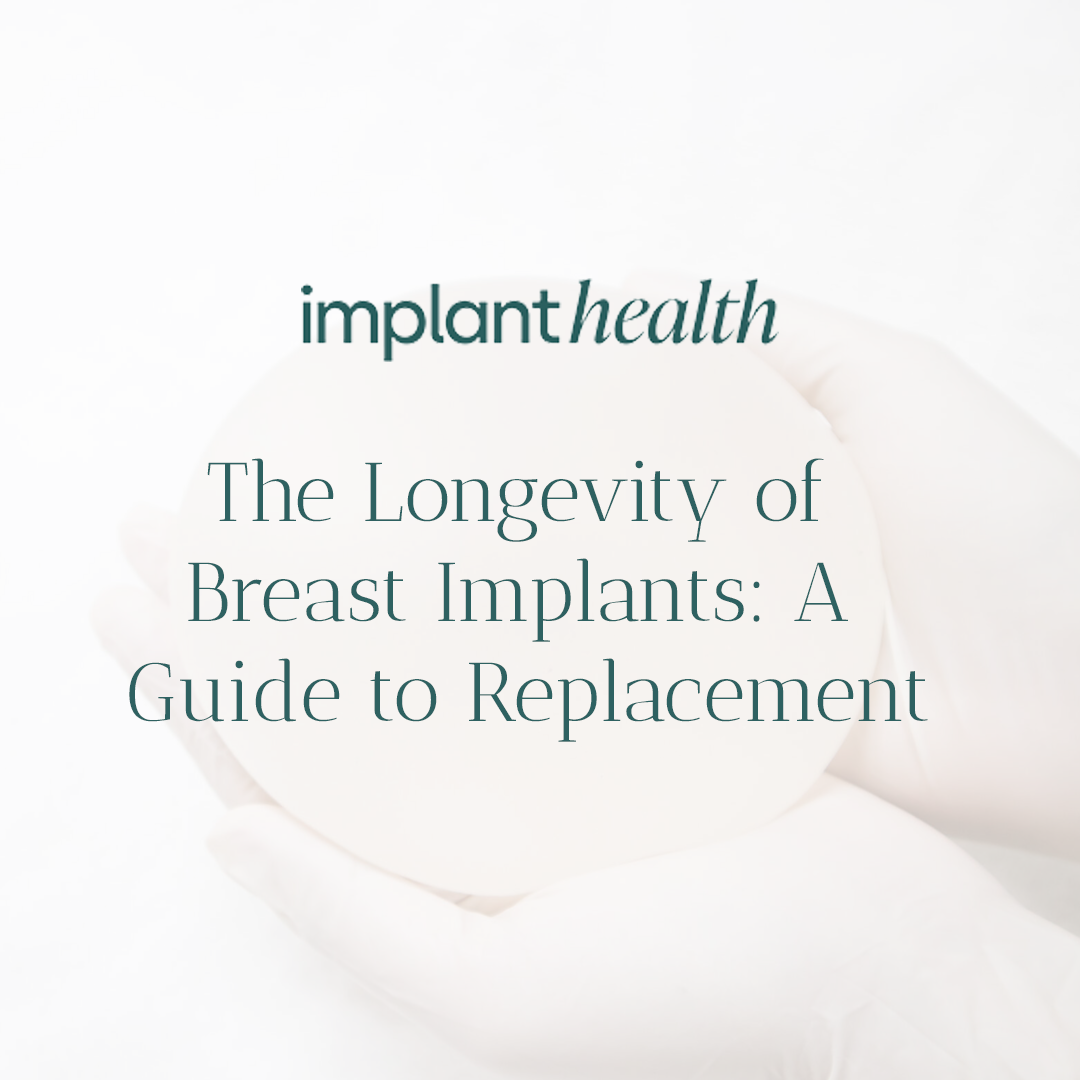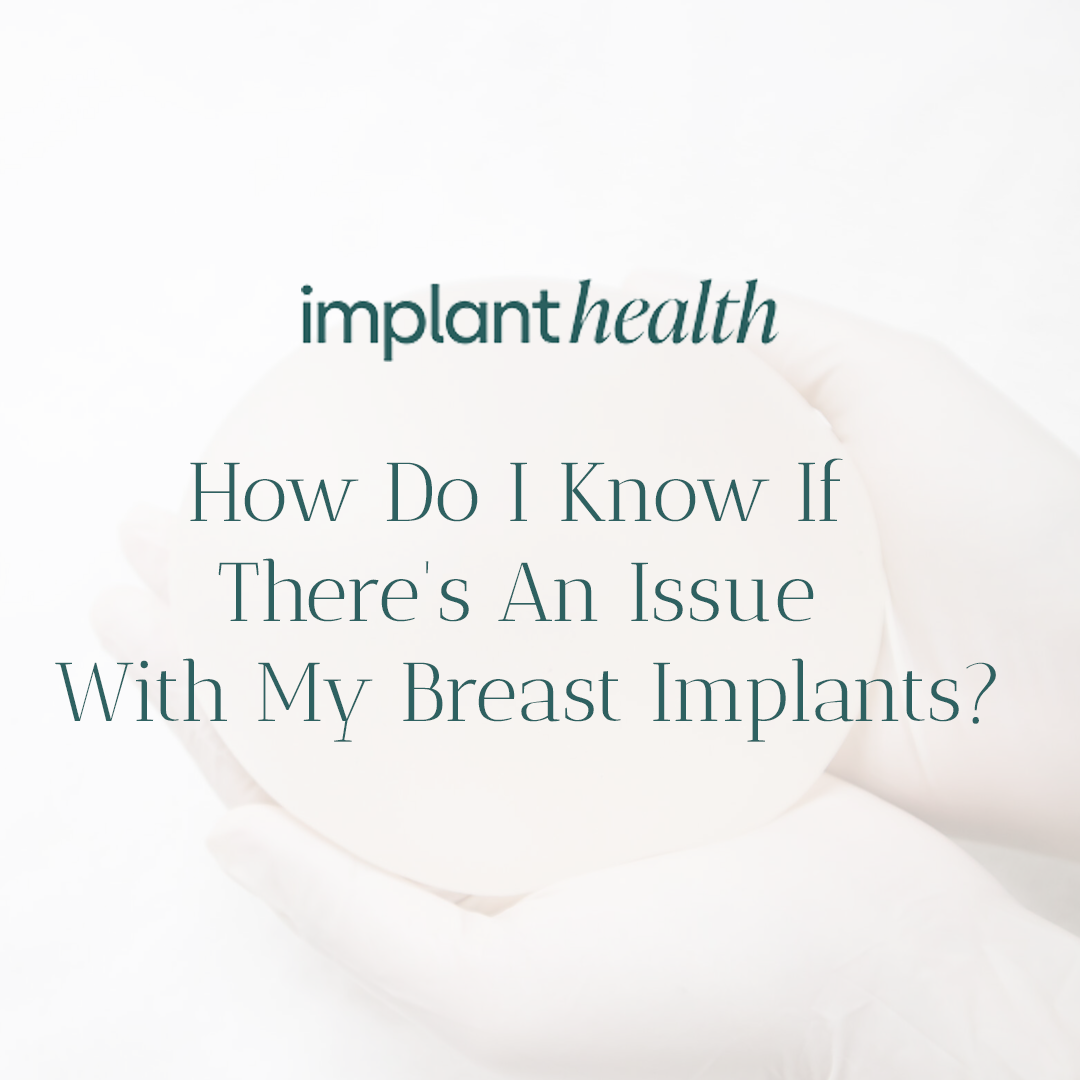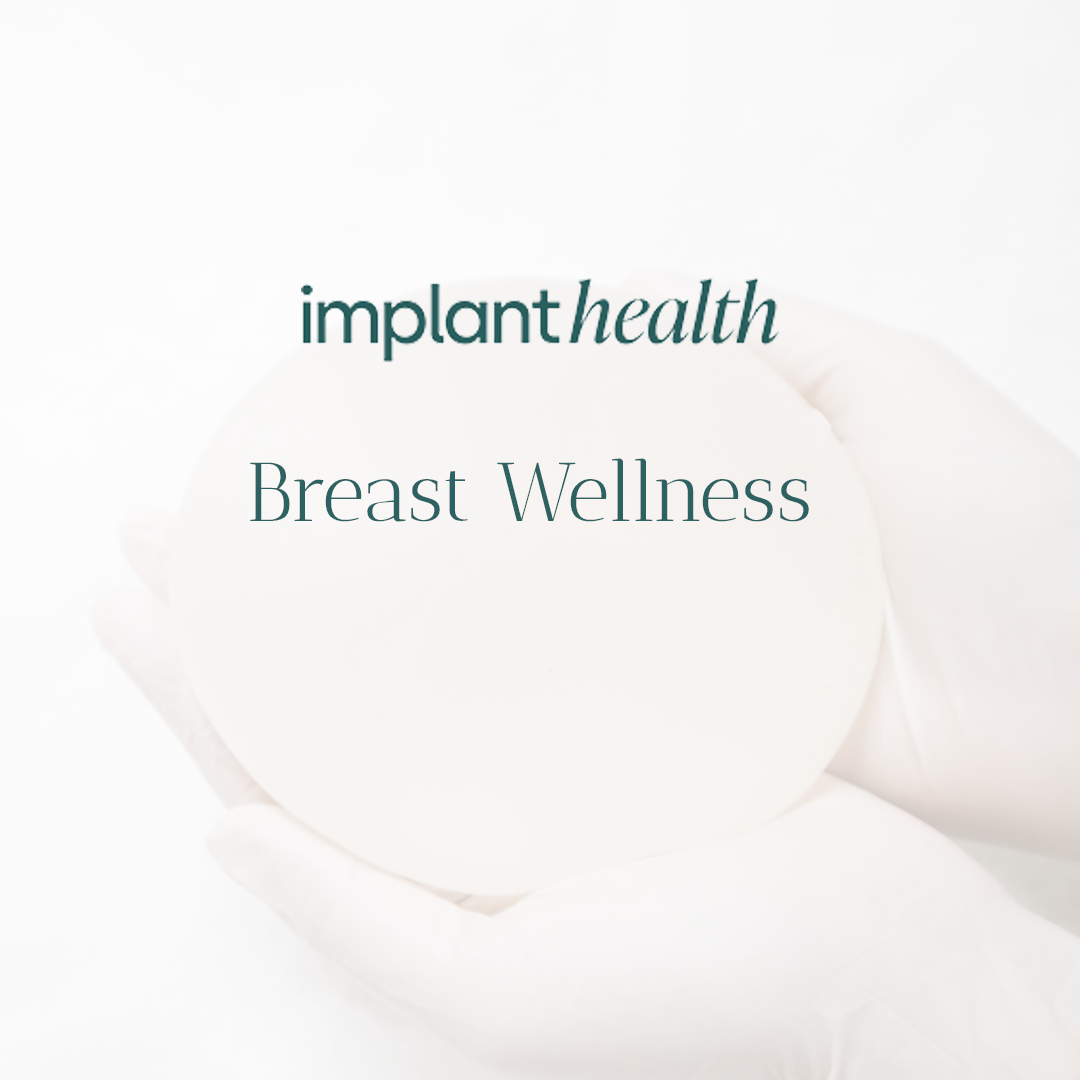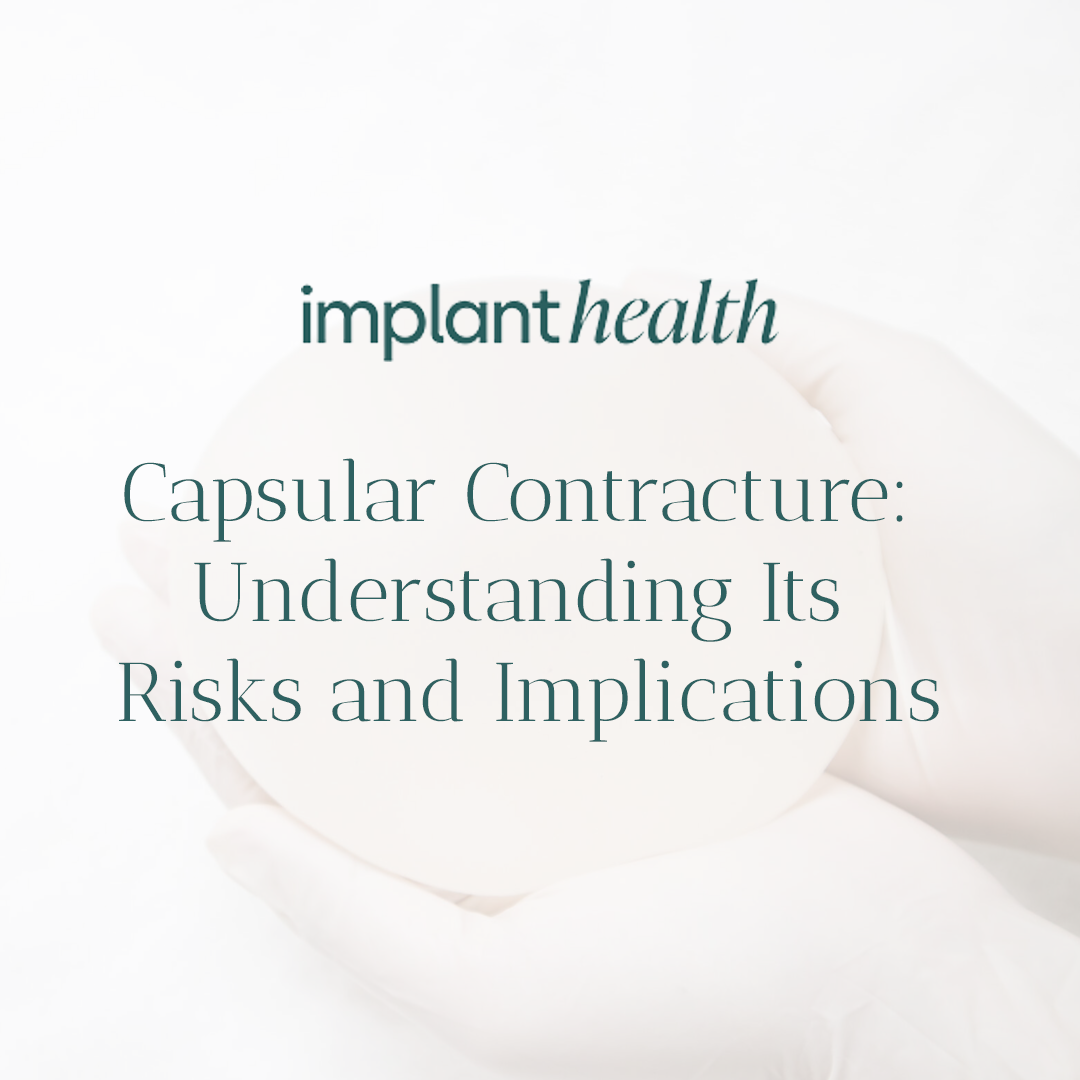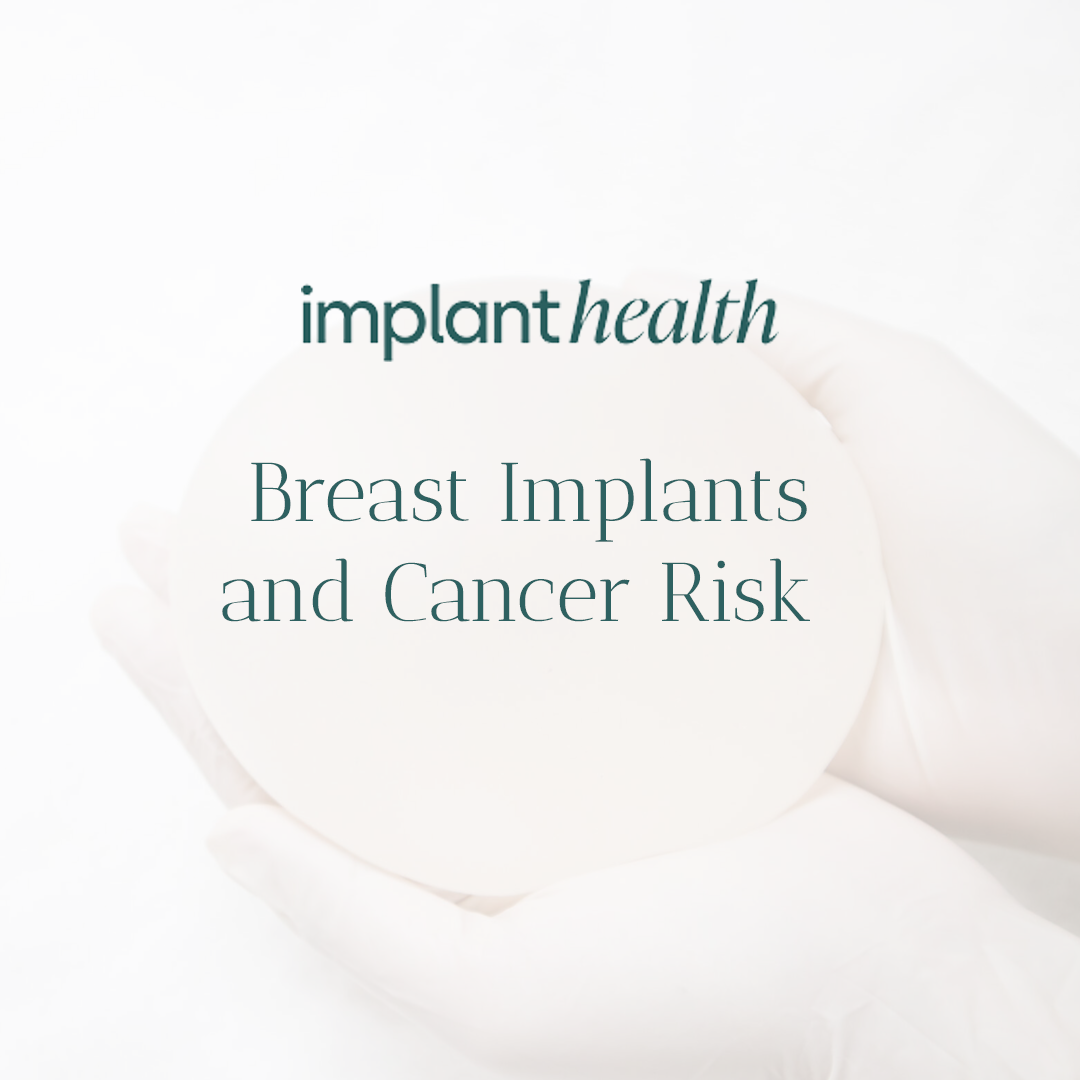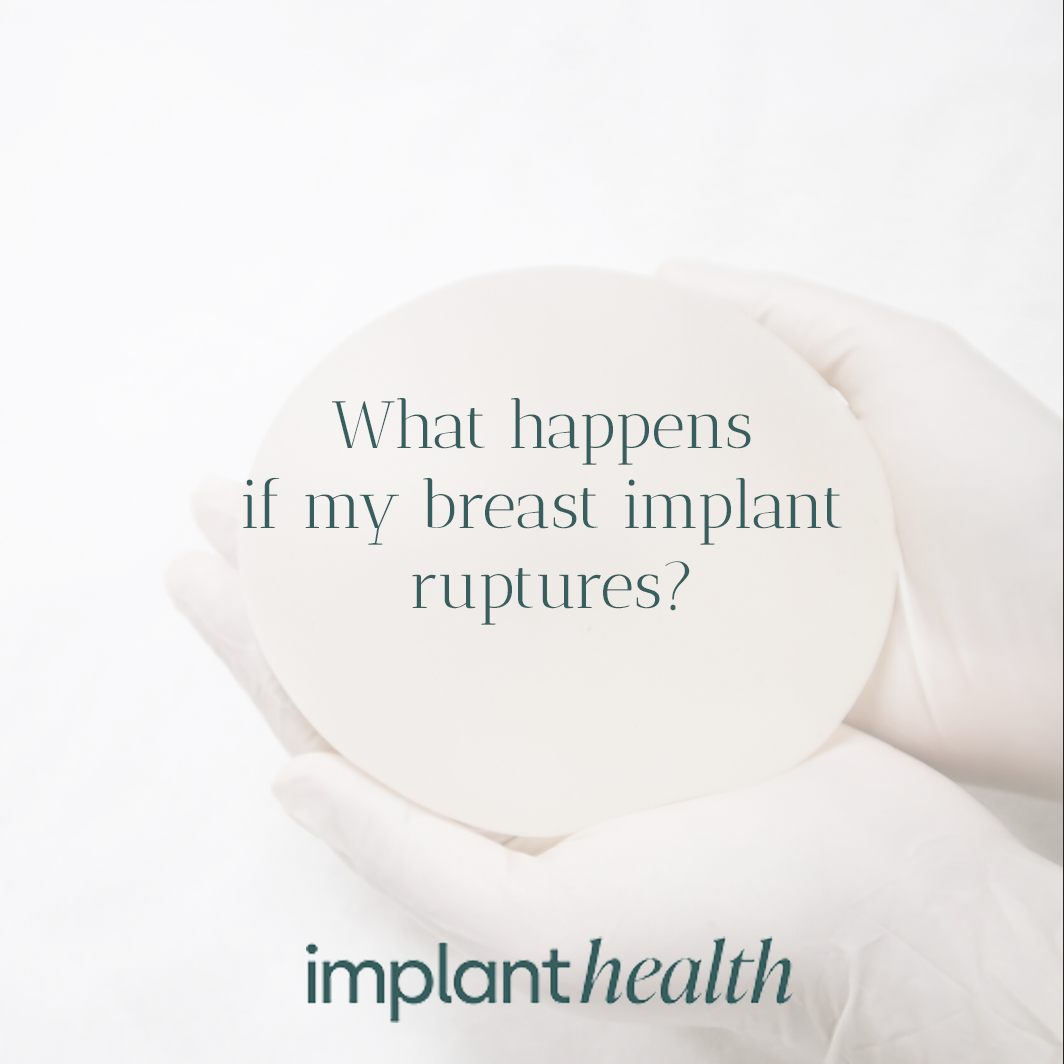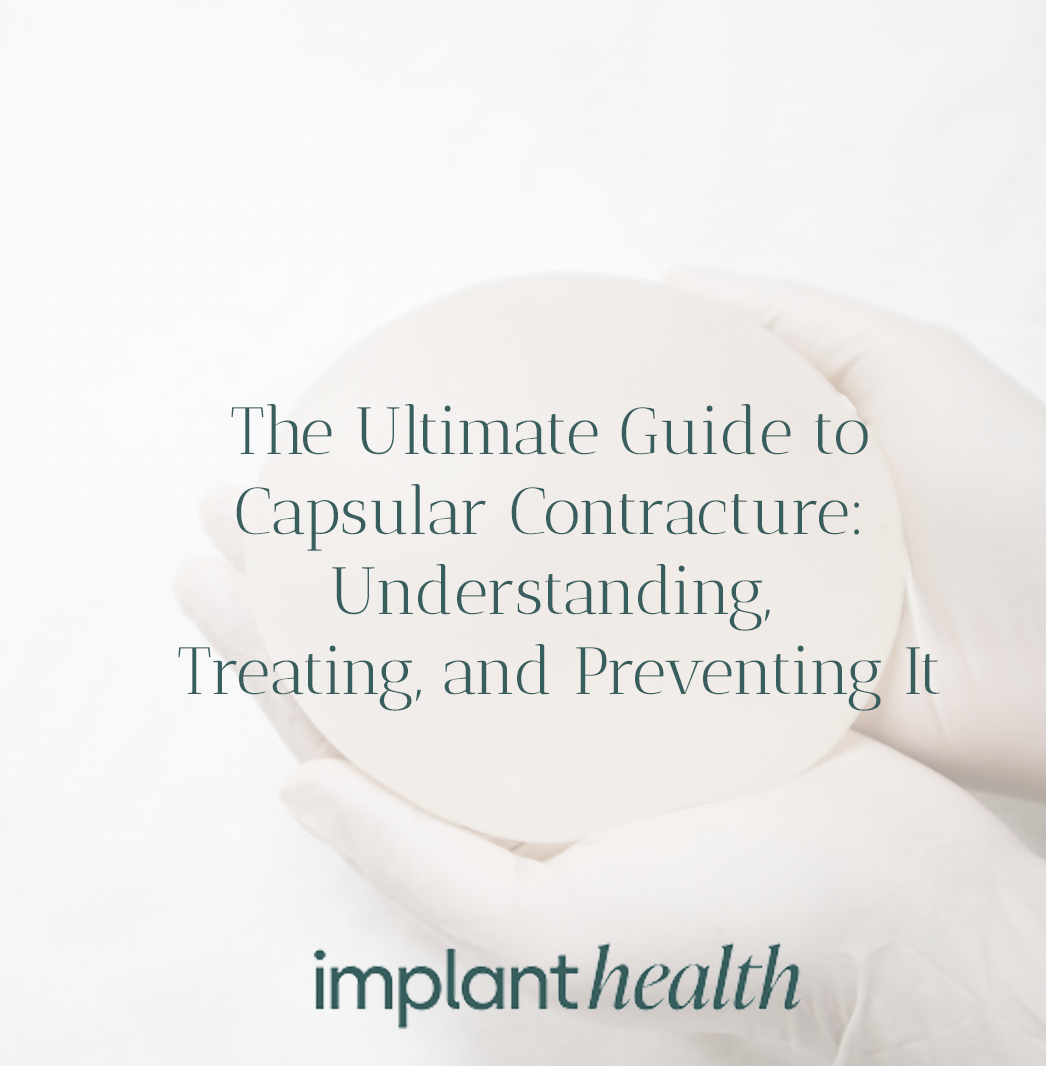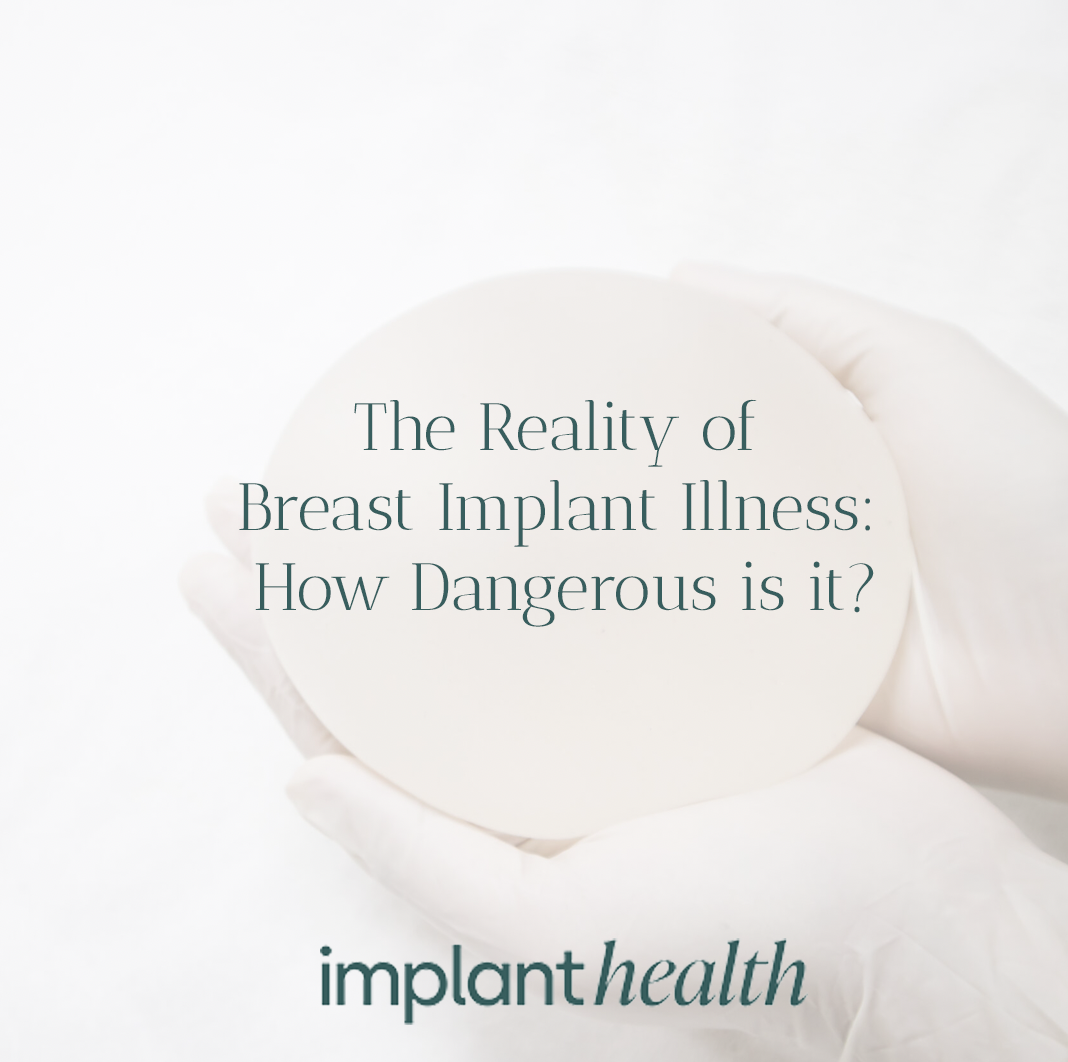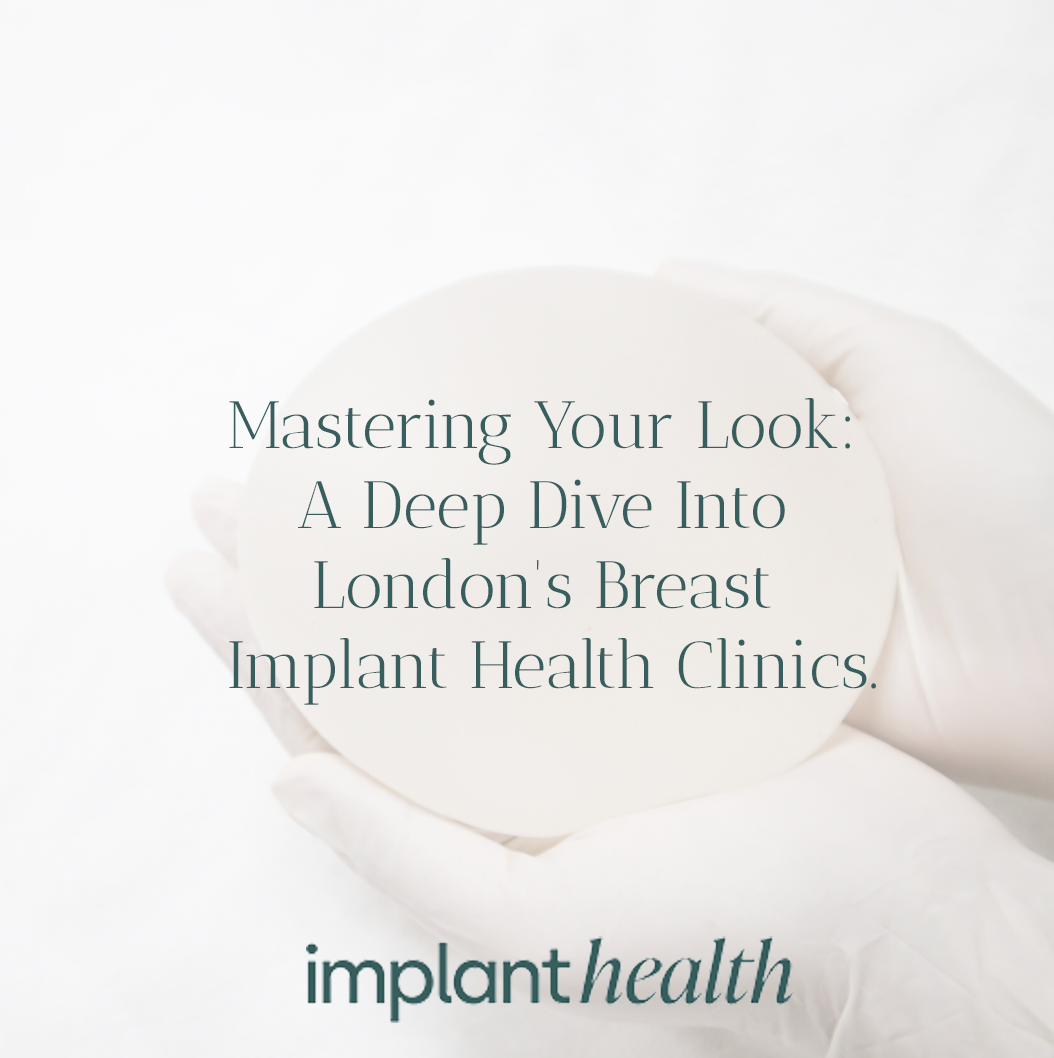Breast augmentation is one of the most popular cosmetic surgeries worldwide. For the majority of patients, the experience can deliver the aesthetic changes they’ve longed for with minimal complications. However, a rare but possible post-surgical development called capsular contracture can arise, leading to discomfort, altering the shape of the augmented breast, and requiring corrective procedures. Understanding this condition is critical for any prospective or past patients and the medical professionals who care for them.
In this extensive guide, we will delve into the intricate world of capsular contracture, covering what it is, why it happens, its various degrees, and the plethora of treatment options available. Our endeavor is not just to educate, but to reassure and empower readers with information that can contribute to early intervention and successful management of capsular contracture. Let’s begin this journey with a comprehensive look at what capsular contracture truly entails.
Capsular contracture is one of the most common complications of breast augmentation surgery. This condition occurs when the natural scar tissue—known as a capsule—forms around a breast implant and tightens, leading to the hardening of the entire breast or just a section of it. It can result in a range of symptoms, from mild discomfort to severe pain and changes in the visual appearance of the breast. The underlying cause of capsular contracture is not fully understood, but it is believed to be a multifactorial issue, including immune response, bacterial contamination, and implant type, among others.
The condition can induce distress for patients, not just due to the physical changes but also the uncertainty of future outcomes. Capsular contracture can happen at any time following surgery, be it days or years later, and may require more extensive procedures to manage.
Capsular contracture is categorized into four Baker grades, each indicating the severity of the condition:
Baker I:
The breast appears normal and feels soft to the touch.
Baker II:
The breast looks normal but feels slightly firm.
Baker III:
The breast is visibly distorted and feels firm.
Baker IV:
The breast is visibly distorted, hard, and painful. The skin over the breast might show ripples or be uncomfortable to lie on.
By understanding these grades, patients and practitioners can align on the urgency and type of treatment required, from conservative to more invasive interventions.
The mechanisms leading to capsular contracture are not wholly understood, but several culprits have been identified through research and clinical observations:
Bacterial Contamination:
One leading hypothesis is that bacterial contamination of the surgical site leads to a chronic low-grade infection, provoking an overly aggressive immune response and hence contracture.
Hematoma or Seroma:
The presence of blood or fluid collections around the implant can lead to heightened inflammation, fostering conditions for a contracture to occur.
Silicone Bleed:
Historically, silicone implants have been associated with a higher rate of contracture. Although modern cohesive gel implants are far more stable, the issue with silicone bleed remains on the radar.
When an implant ruptures, whether saline or silicone, the body’s response is to wall off the foreign material, often leading to a contracture.
While understanding these factors doesn’t prevent capsular contracture, it does highlight the importance of proper surgical techniques, implant hygiene, and patient care to minimize risk.
The approach to treating capsular contracture depends greatly on the grade of contracture and the patient’s specific case. There are several levels of intervention:
Non-Invasive Methods:
Massage, using a textured surface implant, and the use of anti-inflammatory drugs can help reduce discomfort and potentially prevent further contracture in the early stages.
Invasive Techniques:
When the contracture becomes more serious, the surgeon may need to perform a capsulotomy (release of the contracted capsule) or a capsulectomy (complete removal of the capsule) to effectively manage the condition.
Implant Exchange:
In cases where a patient wishes to maintain or change the size of their implant, this may be a good option, especially if the original implant is suspected to be a significant contributor to the development of contracture.
Emerging Therapies:
Some exciting non-traditional treatments are under investigation, such as the use of acellular dermal matrices, fat grafting, and prophylactic medications, which could potentially revolutionize the management of capsular contracture.
By being informed about these various approaches, patients can actively participate in the decision-making process for their care with their medical team.
While not every case of capsular contracture is preventable, there are strategies that medical professionals can employ to minimize the risk:
Surgical Techniques:
Using a no-touch or minimally invasive technique can reduce the likelihood of bacterial contamination.
Implant Materials and Texturing:
Selecting implants with a textured surface has been shown to lower the risk of contracture compared to smooth implants. Cohesive gel implants also seem to pose a lower risk.
Infection Management:
Vigilant post-operative care with appropriate antibiotics and monitoring can help mitigate the potential for infection, should it occur.
Patient Aftercare:
Encouraging proper post-operative care, including regular massage and compliance with prescribed medications, is essential.
Regular Monitoring:
Surgeons should follow up with patients on a regular basis to monitor any changes that may indicate developing contracture, allowing for early intervention.
By implementing these preventive measures, the industry can move towards significantly reducing the incidence of capsular contracture.
Experiencing capsular contracture can be a deeply emotional and challenging journey for patients. Those who have been through it often share a common thread of finding empowerment through education, seeking support from others who have similar experiences, and advocating for their health within the medical community.
Patients should know that they are not alone in their struggle and that there is a growing community of individuals and advocacy groups who can offer guidance and empathetic understanding. Sharing personal stories and coping strategies can often be just as beneficial as clinical treatments in navigating this complex condition.
By giving a voice to these personal narratives, we humanize the issue and emphasize the need for open, supportive dialogue between patients, caregivers, and the healthcare industry at large.
Conclusion
Capsular contracture is a complex and challenging aspect of breast augmentation that demands collective attention and active management from patients and medical professionals alike. By gaining a deep understanding of this condition, we can work towards its successful treatment, prevention, and, ultimately, the continued improvement of breast augmentation outcomes.
For those encountering capsular contracture, it is crucial to engage with a supportive healthcare team that values your voice and well-being. With a focus on education, prevention, and evolving treatment modalities, we can turn the page on this chapter, driving towards a future where the joy of breast enhancement is not overshadowed by the fear of complications.
